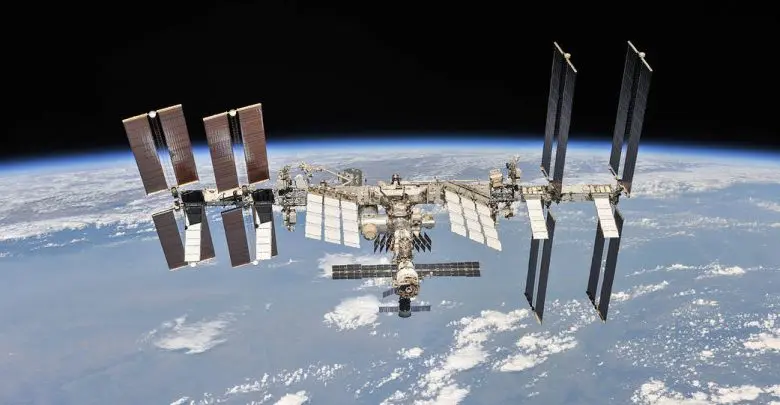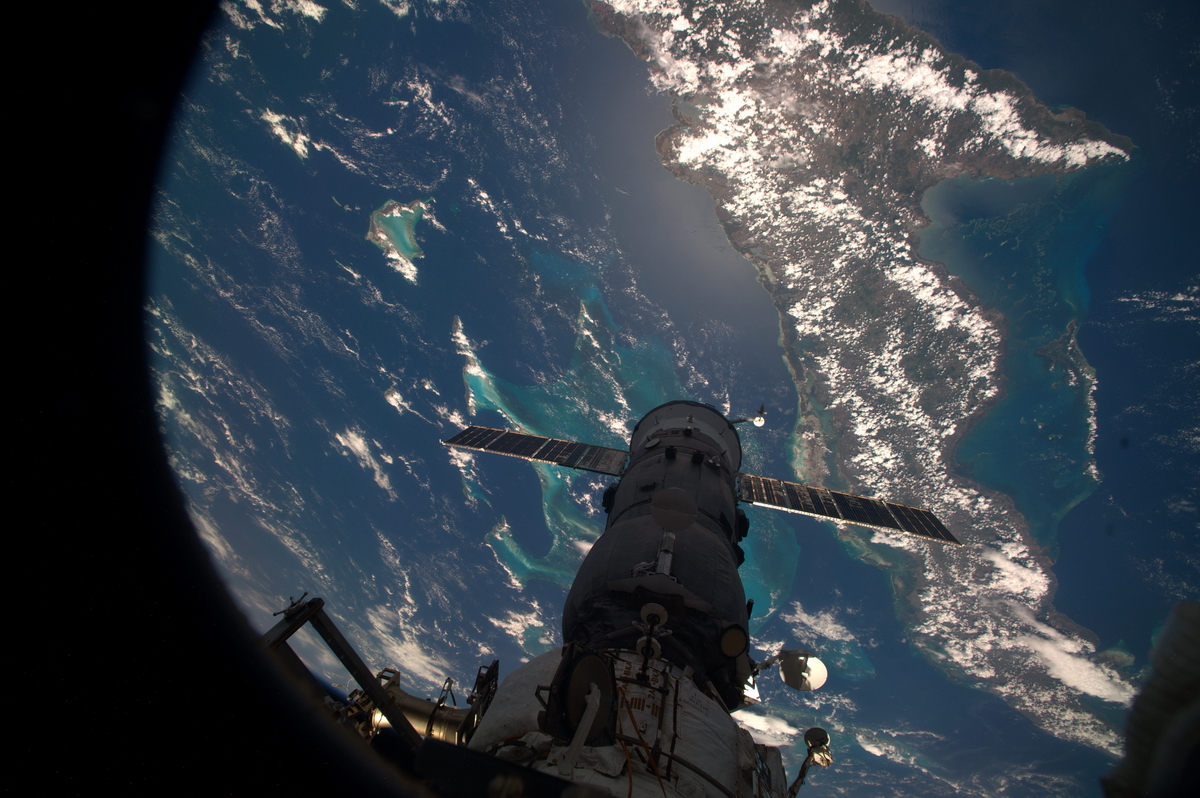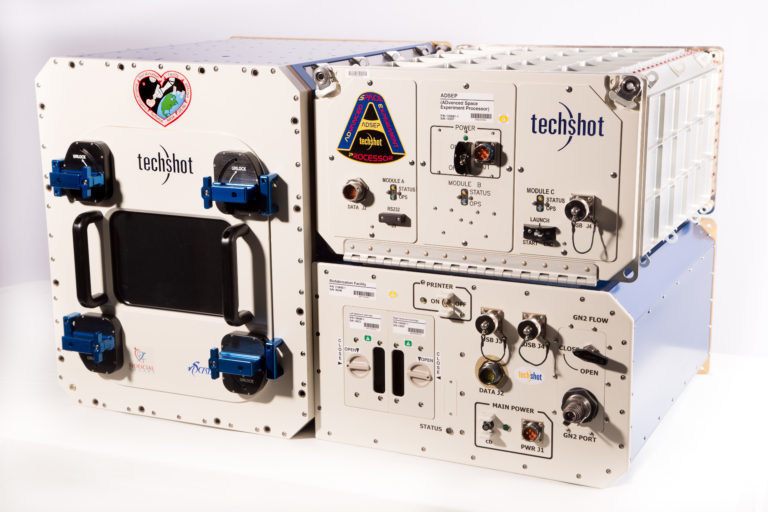Biomedical researchers from Texas Tech University Health Sciences Center El Paso (TTUHSC El Paso) and The University of Texas at El Paso (UTEP) are collaborating to develop artificial mini-hearts using 3D bioprinting technology for space.
These heart-tissue structures will be sent to the International Space Station (ISS) to gain insight into how microgravity affects the function of the human heart, particularly in regards to the health condition known as cardiac atrophy.
The ‘artificial mini-heart,’ otherwise known as a cardiac organoid, will be produced using a combination of human stem cells and 3D bioprinting. The project, which began in September 2019, will take course over the next three years. It is funded by the National Science Foundation (NSF) and the space station’s U.S. National Laboratory.
TTUHSC El Paso faculty scientist Munmun Chattopadhyay, Ph.D., a researcher on the project, states: “Knowledge gathered from this study could be used to develop technologies and therapeutic strategies to better combat tissue atrophy experienced by astronauts, as well as open the door for improved treatments for people who suffer from serious heart issues due to illness.”

How does microgravity affect our hearts?
Researchers taking part in the project are Dr. Chattopadhyay and UTEP biomedical engineer Binata Joddar, Ph.D. Dr. Chattopadhyay is an assistant professor in TTUHSC El Paso’s Center of Emphasis in Diabetes and Metabolism, part of the Paul L. Foster School of Medicine’s Department of Molecular and Translational Medicine. Dr. Joddar is an assistant professor in the UTEP College of Engineering and leads research in the university’s Inspired Materials and Stem Cell-Based Tissue Engineering Laboratory.
Together, the researchers will collaborate to 3D bioprint small cardiac organoids using human stem cells. These heart-tissue structures will then be sent to the ISS, where they will be exposed to the near-weightless environment of the orbiting space station. The researchers hope that this will provide a better understanding of cardiac atrophy, which is a reduction and weakening of heart tissue, leading to difficulty pumping blood to the body. This condition commonly affects astronauts who spend long periods of time in microgravity, which causes significant problems as a weakened heart muscle can lead to symptoms such as fainting, irregular heartbeat, heart valve problems, and even heart failure.
“Cardiac atrophy and a related condition, cardiac fibrosis, is a very big problem in our community. People suffering from diseases such as diabetes, muscular dystrophy and cancer, and conditions such as sepsis and congestive heart failure, often experience cardiac dysfunction and tissue damage,” comments Dr. Chattopadhyay.
Manufacturing on Demand

The first phase of the project will focus on research design. During this stage, taking place over the first year, Dr. Joddar will use 3D printing to fabricate the cardiac organoids. This will be achieved by coupling cardiac cells in physiological ratios to mimic heart tissue. Moving on to the second year, the researchers will be preparing the organoid payload for a rocket launch and mission in space. The third and final year of the project will center on analyzing the data from the experiment once the organoids have been returned to Earth.
Additionally, Dr. Chattopadhyay and Dr. Joddar’s project will provide an educational opportunity for the El Paso community. A workshop for K-12 students will be set up engaging young minds in the local area around the subject of tissue engineering, with focus placed on projects taking place on the space station. A seminar will also be provided for medical students, interns and residents to enable a discussion regarding the benefits and challenges of transitioning research from Earth-based laboratories into space.
3D bioprinting aboard the ISS
The TTUHSC El Paso and UTEP collaborative research project is one of just five research proposals selected by the NSF and ISS National Lab in 2019 as part of the organizations’ collaboration on tissue-engineering research funding. The NSF awarded Dr. Chattopadhyay $256,892 and Dr. Joddar $259,350 for their roles in the project.
A number of 3D bioprinting research projects have taken place aboard the ISS, as companies and organizations seek further understanding of how space flight affects astronauts.
For example, Russian bio-technical research laboratory 3D Bioprinting Solutions developed its Organ.Aut magnetic 3D bioprinter to study how living organisms are affected by long flights in outer space. In 2018, it was delivered to the ISS onboard the Soyuz MS-11 manned spacecraft following a previous failed launch from the Soyuz MS-10 spaceflight. In late 2019 it was announced that the company was able to 3D bioprint bone tissue in zero gravity aboard the ISS using the Organ.Aut. The experiment is part of a plan to create bone implants for astronaut transplantation during long-term interplanetary expeditions.

Additionally, the 3D BioFabrication Facility (BFF) bioprinter from nScrypt, a Florida-based 3D printing system manufacturer, and spaceflight equipment developer Techshot is also onboard the ISS. Delivered to the ISS aboard the SpaceX CRS-18 cargo mission in 2019, the system is capable of manufacturing human tissue in microgravity conditions. It was sent to the ISS in order to facilitate the production of self-supporting tissues that could lead to the development of therapeutic treatments.
* This article is reprinted from 3D Printing Industry. If you are involved in infringement, please contact us to delete it.
Author: Anas Essop


Leave A Comment